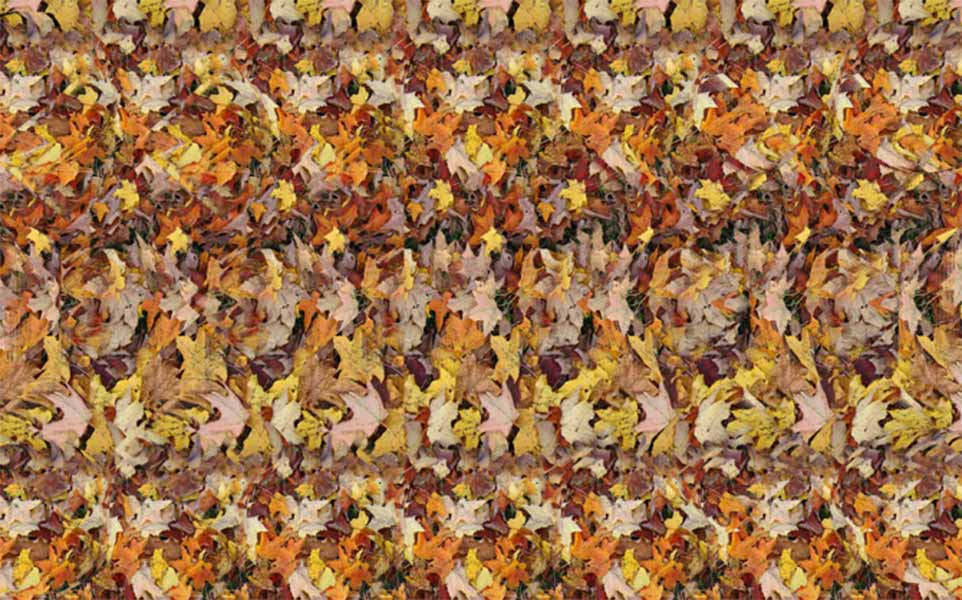
A few iterations later and you've got Elaine Benes and Ross Gellar making jokes about stereograms in their respective fictional worlds. Julesz would have originally viewed these through a stereoscope that delivers one image separately to each eye, but if you practice enough, you can "free-fuse" them).įrom that point, the next step was to re-create the hidden-picture effect in a single image, rather than two images that require hardware to view. You should see three copies of the square rather than two or four, and the hidden image will appear inside the middle square. These random dots contain a hidden shape that you can see if you diverge your eyes to point each eye at its own square. And he demonstrated that by inserting depth into random noise: the random-dot stereogram: Working at Bell Laboratories, Julesz showed that the depth perception from stereographs could be divorced from the depth cues we get from a photo, like shading, overlap, perspective lines, and relative sizes. The real innovation on the path toward Magic Eye was research conducted by Bela Julesz in the late 1950s. The Victorian stereographs were typically photos or simple drawings. He shutting out of surrounding objects, and the concentration of the whole attention, which is a consequence of this, produce a dreamlike exaltation of the faculties, a kind of clairvoyance, in which we seem to leave the body behind us and sail away into one strange scene after another, like disembodied spirits. Among his many meditations on the technology, he wrote: was so enamored with the stereoscope that he created his own non-patented version of the toy and popularized it in the United States.

Queen Victoria was an early adopter of the stereoscope, a device that presents a slightly different photo to each eye, creating a 3D scene in the brain of the viewer. The original View-Master was the Victorian stereoscope, and it was as popular in the late 1800s as Magic Eye was in the 1990s. This is the feature of visual perception that's manipulated by devices like the View-Master, the red novelty toy that comes with a reel of tiny dual photos.

Their lineage goes back to the 19th-century discovery of stereopsis - the depth information we get from having two eyes spaced slightly apart.


 0 kommentar(er)
0 kommentar(er)
